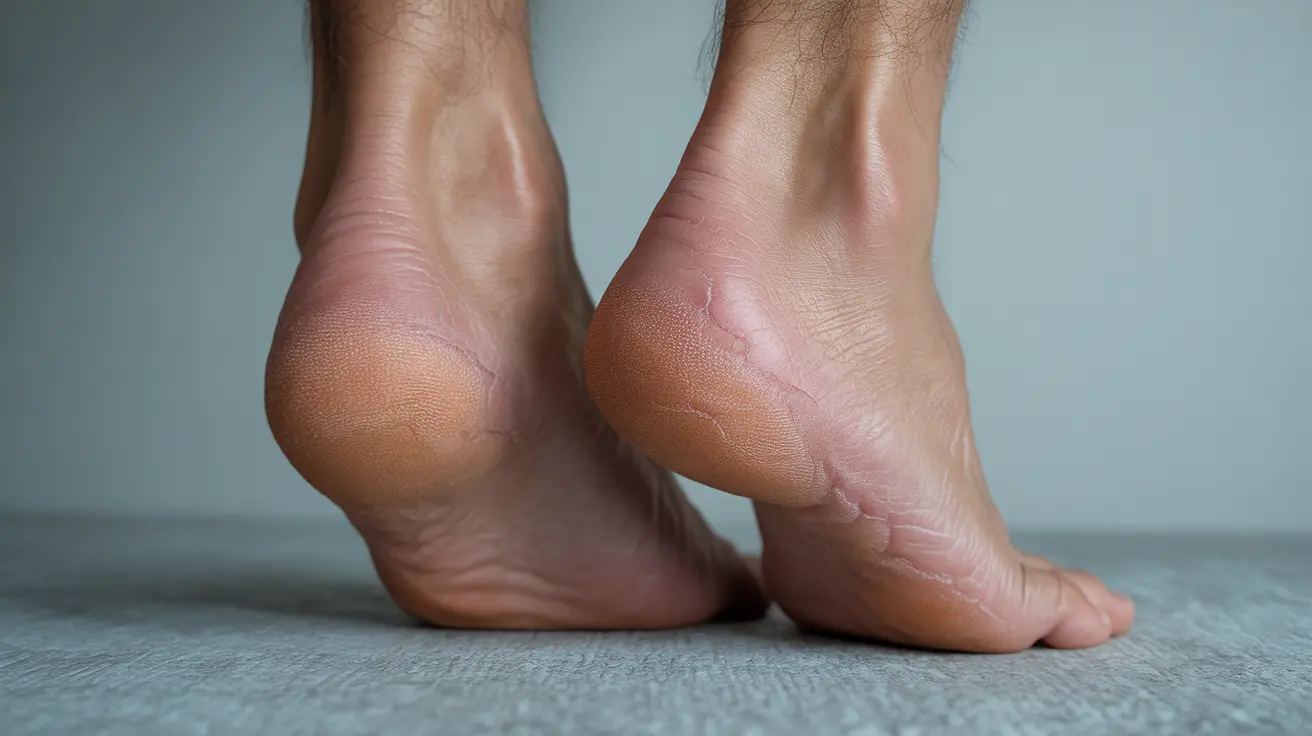Palmoplantar eczema is a challenging skin condition that specifically affects the palms of the hands and soles of the feet. This chronic inflammatory condition can significantly impact daily activities and quality of life, causing discomfort and limiting mobility. Understanding its symptoms, causes, and treatment options is crucial for effective management.
For those affected by this condition, the persistent nature of palmoplantar eczema requires a comprehensive approach to treatment and lifestyle modifications. This guide will explore the essential aspects of managing this specific form of eczema and provide practical solutions for those seeking relief.
Common Signs and Symptoms
Palmoplantar eczema presents with distinct characteristics that set it apart from other forms of eczema:
- Thick, scaly patches on palms and soles
- Deep, painful cracks or fissures
- Intense itching and burning sensation
- Redness and inflammation
- Dry, peeling skin
- Small, fluid-filled blisters
- Tenderness and pain when walking or using hands
Understanding the Causes and Triggers
Several factors can contribute to the development and exacerbation of palmoplantar eczema:
Genetic Factors
Many individuals with palmoplantar eczema have a family history of atopic conditions, suggesting a genetic component in its development.
Environmental Triggers
Common environmental factors that can trigger or worsen symptoms include:
- Excessive hand washing or water exposure
- Harsh soaps and cleaning products
- Extended contact with irritants
- Extreme temperatures
- High humidity or sweating
- Occupational exposure to chemicals
Treatment Approaches
Medical Treatments
Healthcare providers may recommend various treatment options:
- Topical corticosteroids
- Immunomodulators
- Oral medications for severe cases
- UV light therapy
- Prescription moisturizers
Supportive Care
Essential supportive measures include:
- Regular use of emollients
- Protective gloves for wet work
- Moisture-wicking socks
- Comfortable, breathable footwear
- Stress management techniques
Prevention and Lifestyle Management
Implementing proper preventive measures can help reduce flare-ups:
- Use gentle, fragrance-free skincare products
- Maintain proper hand and foot hygiene
- Avoid known triggers
- Wear appropriate protective gear
- Keep nails short to prevent scratching damage
- Practice stress reduction techniques
Dealing with Complications
Without proper management, palmoplantar eczema can lead to several complications:
- Secondary bacterial infections
- Fungal infections
- Mobility limitations
- Impact on work performance
- Psychological distress
- Sleep disturbances
Frequently Asked Questions
What are the common symptoms and signs of palmoplantar eczema?
The most common symptoms include thick, scaly patches on palms and soles, deep painful cracks, intense itching, redness, and sometimes small, fluid-filled blisters. These symptoms can cause significant discomfort and affect daily activities.
What causes palmoplantar eczema and what are the main triggers to avoid?
Palmoplantar eczema can be caused by genetic factors and environmental triggers. Key triggers to avoid include excessive water exposure, harsh chemicals, extreme temperatures, and irritating soaps. Occupational exposure to certain substances can also trigger flare-ups.
How is palmoplantar eczema typically treated and managed?
Treatment typically involves a combination of topical corticosteroids, moisturizers, and lifestyle modifications. In severe cases, oral medications or UV light therapy may be prescribed. Regular use of emollients and proper skin protection are essential components of management.
Can palmoplantar eczema lead to complications like infections?
Yes, palmoplantar eczema can lead to complications including secondary bacterial and fungal infections, especially when the skin barrier is compromised. The condition can also impact mobility and cause psychological distress.
What lifestyle changes or home care steps can help prevent or reduce flare-ups of palmoplantar eczema?
Key lifestyle changes include using gentle skincare products, wearing protective gloves during wet work, maintaining proper hygiene, avoiding known triggers, and managing stress. Regular moisturizing and proper foot care are also essential preventive measures.




